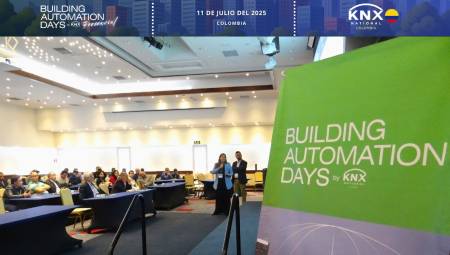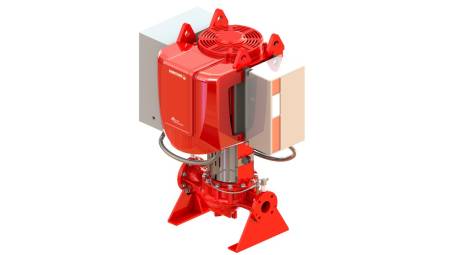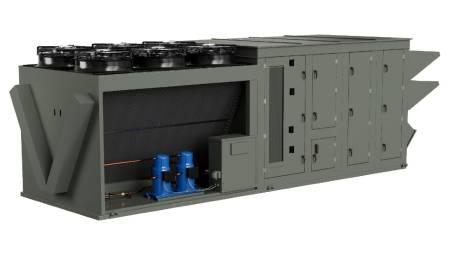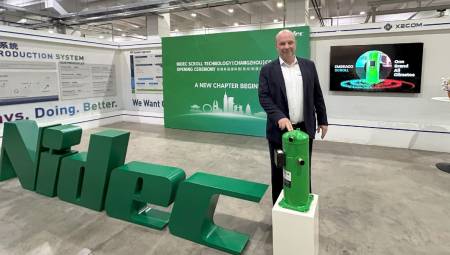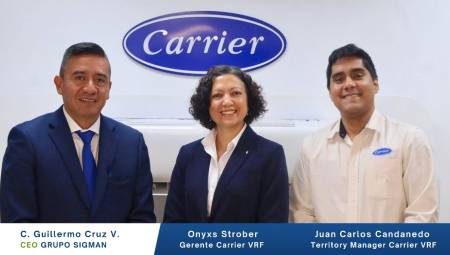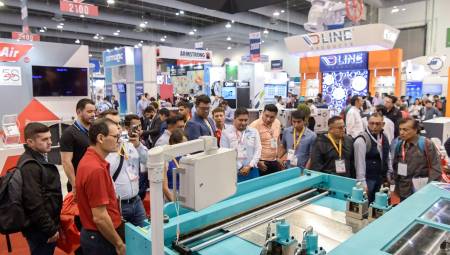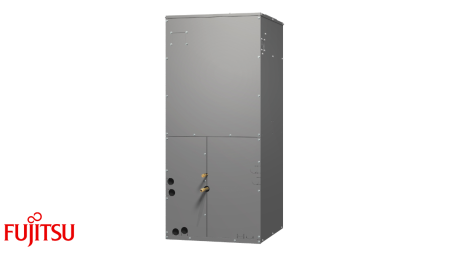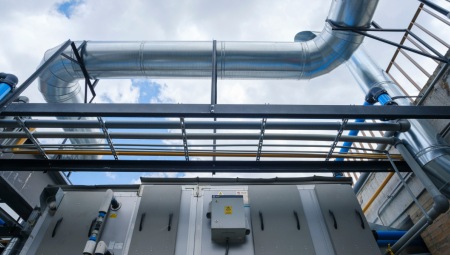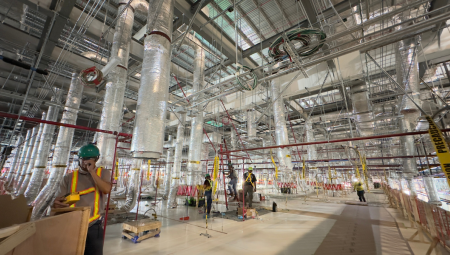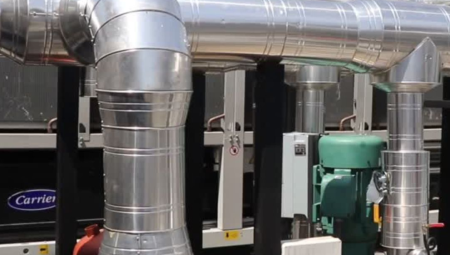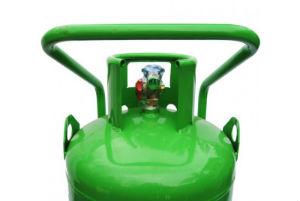 The increasing use of fake refrigerants with no known provenance has led to irreparable damage to various companies around the world.
The increasing use of fake refrigerants with no known provenance has led to irreparable damage to various companies around the world.
by DuPont
In addition to representing a high potential for the cause of accidents due to the possible contamination of hazardous substances, they can offer a lower performance for refrigeration and air conditioning equipment.
Packaging without certification or incorrectly identified can contain mixtures of refrigerants, which has become common in recent months. In many cases, some registered products carry in their composition R-134a – which forms approximately 10%, and the rest corresponds to other components such as R-40.
When applied to the refrigeration system, the mixture acts differently from that expected of the pure product and can cause, among other complications, the loss of performance of the apparatus or even the fracture of system compartments, such as the compressor.
Contractors and service technicians may be in contact with these products and risk becoming victims of irresponsibility. One example is the case published in October 2011, in which three deaths occurred due to refrigerated container explosions, two cases in Vietnam and one in Brazil.
According to the investigations of the competent bodies and equipment manufacturers, in both cases the presence of the chemical compound R-40 (methyl chloride or chloromethane, CH3Cl) was detected in the system.
Reefer container explosions
In October 2011, Maersk Line informed the World Safe Container Council Working Group that three explosions of refrigeration units had occurred, for no apparent reason. The explosions occurred in the port of Itajaí (Brazil) where a worker died; in the port of Cat Lai (Vietnam), where two workers died; the third took place in the port of Quindao (China), in the latter there were no casualties.
After investigations into the containers they exploded, it was noted that they all had maintenance in Vietnam between March 30, 2011 and April 25, 2011.
Investigations from the Centre for Refrigeration Technology in Cambridge showed that the cause of these explosions was the use of R-134a refrigerant contaminated with R-40, a chemical that was previously widely used as a refrigerant, but its use was suspended due to the accidents caused as it is a toxic and flammable gas. R-40 has a boiling point very similar to that of R-134a, therefore it is very difficult to identify when mixed in the cooling system.
Daikin also conducted research to discover the cause of the explosions and analyzed the contents of the refrigerant that was extracted from a quarantined compressor finding the R-40 product.
As a preventive measure, Maersk Line consigned 844 refrigerated containers that could contain contaminated refrigerant. The CMA CGM recorded 332 and the APL 103.
Unraveling the R-40
Methyl chloride, also called chloromethane, or simply R-40 solvent, is a colorless, extremely flammable, toxic gas with a slightly sweet odor.
This gas was first synthesized in 1835 by French chemist Jean-Baptiste Dumas and Eugene Peligot boiling a mixture of methanol, sulfuric acid and sodium chloride. Today most methyl chloride is prepared from the reaction of methanol with hydrogen chloride according to the chemical equation:
CH₃OH + HCl CH₃Cl + H₂O
The most important use of methyl chloride today is as a chemical intermediate in the production of silicone polymers.
Explosions in refrigerated containers
R-40 reacts with the aluminum of some components of the system, forming trimethylaluminium:
2Al + 6CH₃Cl + 6Na Al₂(CH₃)6 + 6NaCl
This is a pyrophoric substance that ignites spontaneously on contact with air. Inside the cooling system that is in liquid phase is deposited in the oil collector of the compressor.
Different ways to safely remove trimethylaluminium from within a cooling circuit are being studied, however there is still no agreement on feasible options to do so.
Identification of contaminated refrigerants
There are several devices on the market that can identify contaminated refrigerants, which consist of various mixtures of R-12, R-22, R-40 and R-134a, each with its own limitations. The available devices are as follows:
- Electronic Refrigerant Analyzer: identifies R-22, R-134a, R-12 and hydrocarbons.
- VDC portable (Read ppm of volatile organic compounds, including R-40).
- Halode leak detector (qualitative detection of chlorine compounds).
Due to this serious refrigerant quality issue a warning was issued to companies on November 24, 2011 with some guidelines on how to purchase a quality refrigerant:
- Use brands of refrigerants only internationally known and acquired from reliable sources.
- Require documentation of origin or certificate of chemical analysis from your refrigerant supplier for each purchase or delivery to the corresponding batch number. The 700 AHRI standard is a good reference for refrigerant purity specifications.
- Visually inspect all demand for refrigerant containers. Check for erroneous words, logos, or other obvious unusual changes from previous installments. Do not accept disposable cylinders that are not in your original, sealed cardboard boxes.
- Do not rely on refrigerants offered for sale at prices below the market average. Adulterated refrigerants are often offered at significant discounts.
- Make sure that the product you buy has the manufacturer's seal and most importantly, verify that it does not have any type of violation.
- Make sure the label contains the manufacturer's name, origin, characteristics, composition, name, address, telephone number, lot number, and net weight. Remember that all this information must be in Spanish.
- You must be aware of the load indicated on the packaging of the product and its actual weight. Many times what is recorded on the label does not match the actual amount of coolant inside the cylinder.
Other cases of contamination
In Australia, the presence of this contaminant has even been demonstrated in refrigeration units of recognized brands, requesting the removal of equipment because of adulteration. The products identified as R-134a, in fact, contain a mixture of R-22, R-40 and R-142b.
Although the risk is imminent, soon after, in Australia, another appearance was reported in the same context. Traces of returnable methyl chloride cylinders recorded as R-134a were found. The fact was confirmed by Refrigerant Reclaim Australia (RRA), a Non-Profit Organisation based in Canberra that worked in partnership with the industry in the process of recovering and recycling refrigerants.
In addition, according to the high penetration of an international operator in the refrigeration and air conditioning sector, ACR News reported another case of damage caused by the use of R-40 that emerged in Afghanistan in May 2012.
The International Society of Automotive Engineers confirmed that the military vehicles of the country's armed forces had air conditioning systems contaminated with mixtures containing up to 30% R-40, posing a danger to users and refrigeration professionals and loss of equipment efficiency.
In July 2012, once again, the situation is repeated: customs officials in Serbia confiscated adulterated R-134a containers that actually contained compounds such as R-12 and R-22.
In the same period, a similar case also occurred in Kenya. Personnel in charge of marketing supervision at the country's border confiscated 55 cylinders, which contained R-12s. The company obtained approval from the Kenyan government to import R-410A and R-404a. However, tests have identified a certain amount of R-12 fluid mixed with other components in one of the cylinders.
According to the International Institute of Refrigeration, it is believed that in August 2012, mixtures of R-40 and R-22 were sold to a number of Asian companies, a factor responsible for causing occupational accidents in the area. In addition to these, other similar events recorded in Russia in 2011, involve the use of R-40.
Simply put...
The cases of victims who worked with cooling systems using contaminated refrigerant mixtures require special attention to safety issues, process quality and products marketed worldwide. The issue goes beyond the technical limitations related to the cooling system. Therefore, it is important to always buy products from companies and the traditional market, noting the following:
- Chemical labeling in Spanish.
- Visual inspection of the container.
- Sealed from the manufacturer on the packaging.
- As well as other elements described in the text.
In this way, the refrigeration technician and the end user can guarantee the quality and safety processes, as well as the integrity of the equipment.


